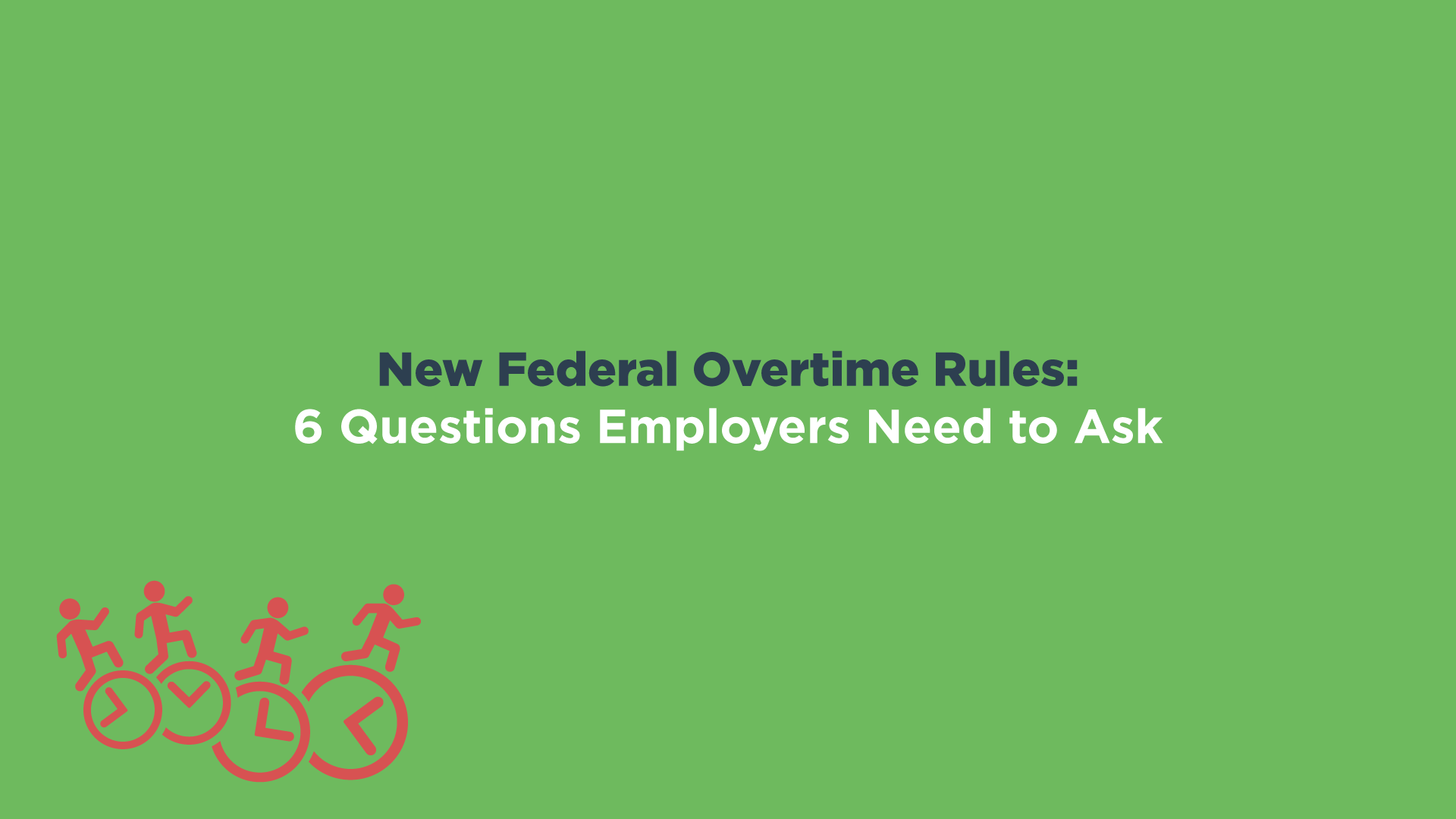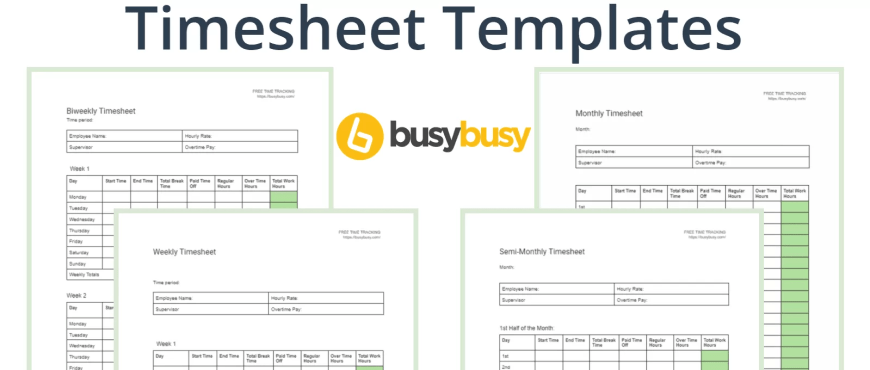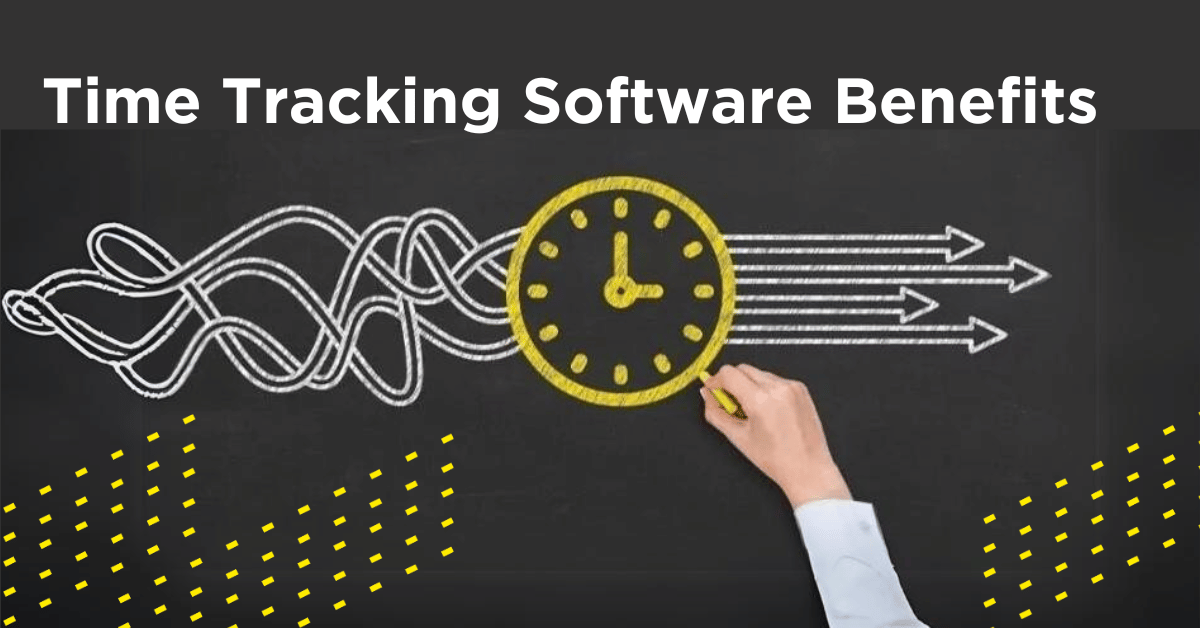
New Federal Overtime Rules
It’s an election year, and most of us are distracted with campaigns, debates and speculation on how different candidates will change future laws and regulations. If you are like most small business owners, you know who is running for office, but you are unaware of the new federal overtime rules or that you have until December 1st to comply with the changes.
“75% of small and 50% of midsized businesses were not aware of the rule change . . . and not everyone has an HR department or is following legislation like that.” (Moody, May 24, 2016).
The new rules released on May 18th with little fanfare or publicity. However, these changes can dramatically impact your payroll and how you manage wages. The key change is an increase in the “white collar exempt level” or level of salary that makes an employee exempt from overtime. The Department of Labor (DOL) raised the salary level test from $23,660 to $47,476 a year (the $23,660 figure had been in effect since 1975). Therefore, non-exempt salary employees making less than $47,476 are eligible for overtime pay when working more than 40 hours per week.
The DOL estimates 4.2 million exempt workers who earn a weekly salary of less than $913 per week will become entitled to overtime protection. Business owners and managers will need to make employees aware and adjust wages and salary levels to comply. This could dramatically affect how companies track hours, decide salary levels, and provide salary increases. Employers need to decide if they will reclassify employees, adjust wages, or cut overtime hours. In addition to wages and hours, each organization will need to evaluate how the rules change the eligibility for company benefits plans. No matter how you proceed, it’s best to be aware of the requirements before they become active.
6 Questions Employers Need to Ask:
When will the changes take effect?
Even though the rules published on May 18th, employers have until December 1st, 2016 to make changes and comply. For more information see DOL announcement.
What are the four essential parts to the new rule?
- Employees below the 40th percentile of the standard salary level of full-time salaried workers ($47,476) are eligible for overtime pay.
- Nonexempt employees must receive minimum wage and overtime pay for any time worked beyond 40 hours in a given week.
- For the first time, non-discretionary bonuses and incentives (including commissions) can satisfy up to 10% of the salary level.
- The department of labor will update the rules every 3 years to ensure the rules remain meaningful. It is ‘recommended’ that employers regularly update salary and compensation levels, at least every three years.
Who is exempt from the new overtime rules?
Exempt employees are not protected by the Fair Labor Standards Act (FLSA) and are therefore NOT entitled to overtime pay.
An individual is an exempt employee if they meet all of the following three tests:
- Is paid at least $47,476 per year
- Is paid on a salary basis
- Performs exempt job duties
Exempt Duties Include:
- Supervising two or more employees
- Management Position
- Input into other employees’ job status (hiring, firing, assignments, etc.)
- Outside sales staff, airline employees and teachers.
- An employee is automatically exempt if paid over $134,004
What should I tell my employees?
Even if they are on salary, employees need to track their time. It is important to record the time spent on the job and on each aspect of the job.
Employers must train newly non-exempt employees on the new overtime rules and how to track their time.
Employers are required to notify employees of changes to the amount or method of pay in advance (some states require a pay period in advance).
Will the changes affect company benefits?
A salaried employee might have life insurance benefits based on their specific wage or salary, but hourly workers calculate their benefits on their hourly totals or a flat amount. Employers that pay for the premiums on benefits plans may need to add costs based on the new overtime classifications. Lenny Sanicola, a certified benefits professional with WorldatWork explains that:
“Benefits issues, including eligibility for certain benefits and changes in benefits levels could be affected” (Sanicola, 2016, HuffPost Business).
What are my options for following the new rules?
- Raise salary levels to maintain exemption
- Pay current salaries overtime after 40 hours
- Adjust workloads and schedules
- Adjust Wages
Beyond the Overtime Rules
There are many other challenges when dealing with employee schedules and overtime. How do you know if your employees are working at the right times and on the most productive tasks? The answer is technology. Traditional solutions include hiring more employees that manage the payroll process. Modern timekeeping solutions provide real-time visibility into employee activities while saving time and money by automating the collection of timecards. In addition to saving time, there is an increase in functionality. New cloud-based tools make it more cost effective for smaller companies to get the same workforce analytics as larger companies.
The Federal Government is making it even more necessary to utilize a modern timekeeping solution. Collecting time cards is no longer a matter of gathering hours. Now you need to know what employees are working on and how long they have been working on it. Employees receive wages based on their responsibilities, and overtime may be calculated differently from one employee to another. The tool you use to collect labor data needs to understand the new federal rules and implement them correctly. If you are evaluating a time tracking system, you need to ensure your chosen method calculates overtime correctly.
There are a few mobile timekeeping solutions available on the market. Not all solutions include tracking time to projects or provide the ability to manage the new federal rules correctly. If you have a mobile workforce, have multiple projects in progress at one time, and track overtime for each employee, busybusy will work for your company. busybusy is primarily for construction, manufacturing and excavation. But it is an excellent solution for all mobile teams that seek improved workforce analytics.
Recommended Reading
References












